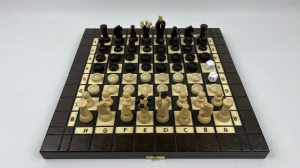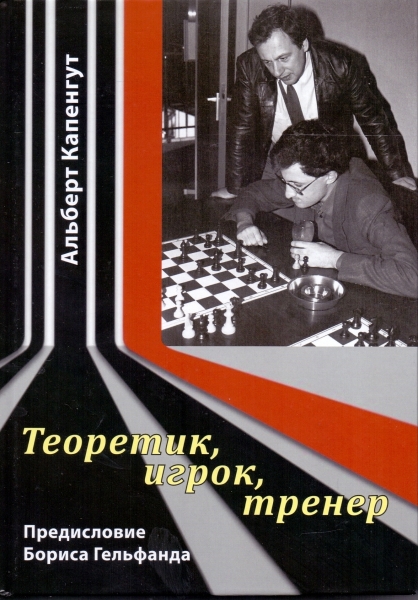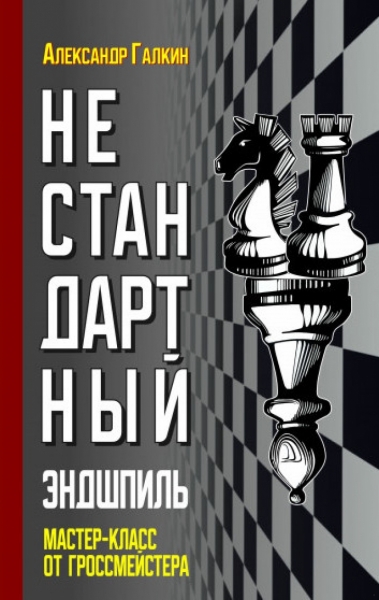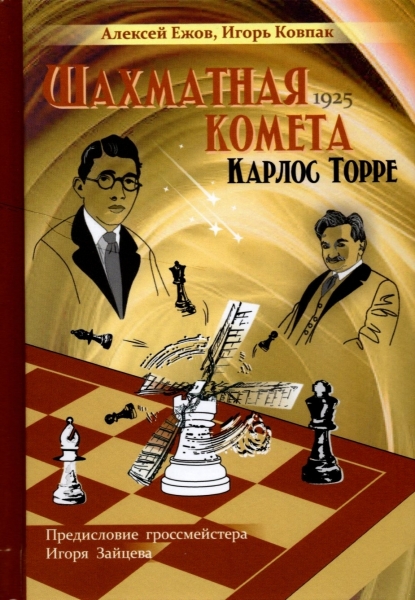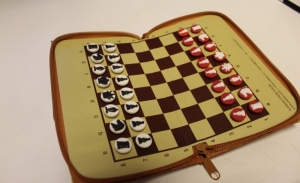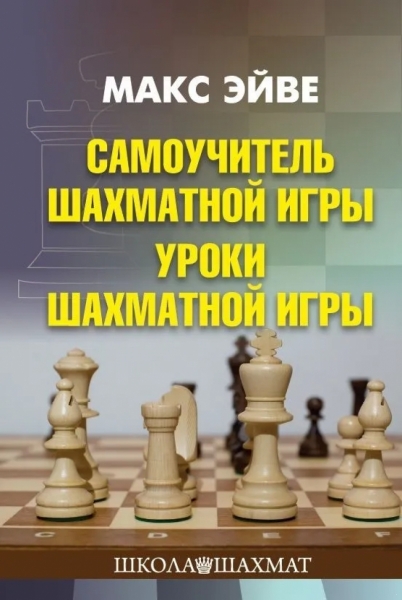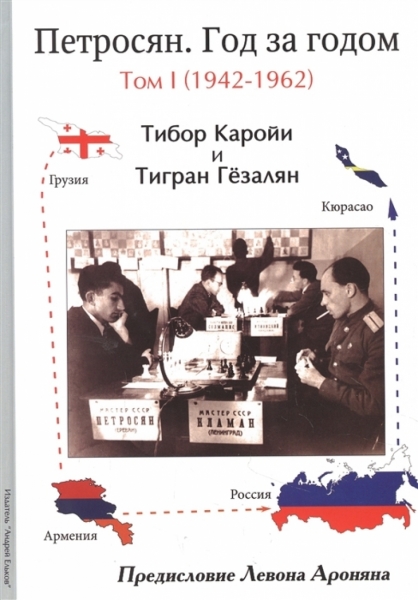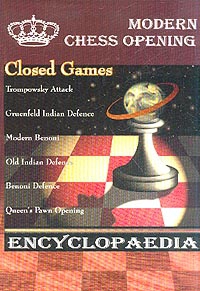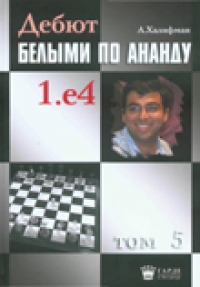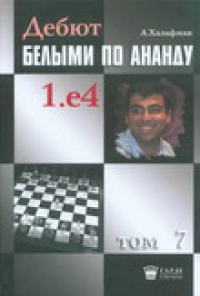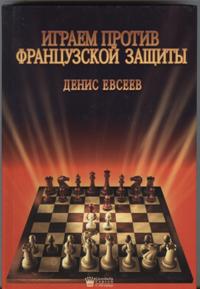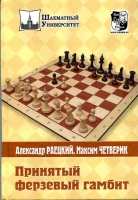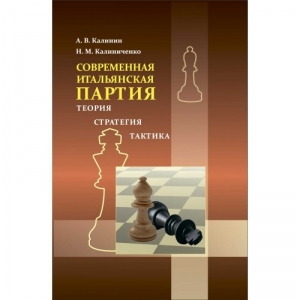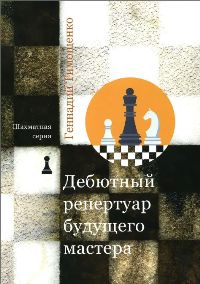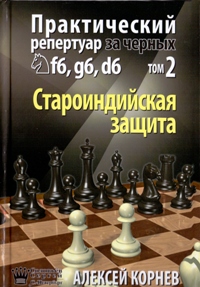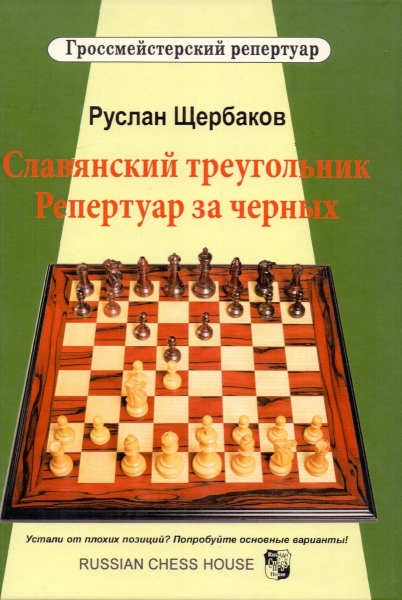Books 1991-2023
-
41.46 $
Modern chess debut. 1994-98. Fundamental work on the theory of debuts. Foreword by A. Karpov. Editorial board: Karpov, Khalifman, Makarychev, Sveshnikov, Chekhov, etc. Printed in Austria and Germany. In the first of three putative volumes on closed debuts came the attack of Trompovsky, the defense of Grunfeld, Benoni and Modern-Benoni, the complex of Indian defense and the debut of the queen pawn.
-
41.46 $
The Panov Botvinnik attack has a uniquely important place in chess lore. After Capablanca adopted the Caro Kann, it assumed a status as the solid way for Black to escape attacking efforts of e4 players. No more gambits or attacks, just simple solid play in the center. This was the last nail in the coffin of the "Romantic" age of chess.
-
41.67 $
In the fifth book of the series, the Petersburg grandmaster Alexander Khalifman tells readers about rare answers that Black can apply after 1.e4. With the exception of Alekhin’s defense, the remaining debuts in this book are practically not used by the world's leading chess players. Nevertheless, the author devoted quite a lot of analysis to these principles, which were not entirely correct from the point of view of modern theory. After all, a practitioner chess player must be prepared for even the most unexpected opening "surprises" of an opponent.
-
41.67 $
In the sixth book, Petersburg Grandmaster Alexander Khalifman tells readers how to fight against the French defense. After 1.e4 e6 2.d4 d5, he recommends the most principled move as the struggle for the opening odds - 3. Кс3. Further, such answers of Black as 3 ... Kc6, 3 ... de and 3 ... Kf6 are dealt with in detail.
-
41.67 $
In the seventh book of the series, Petersburg GM Alexander Khalifman continues his story about how to fight against the French defense. After 1.e4 e6 2.d4 d5 3.Kc3 Black’s most popular answer is analyzed in detail - 3 ... Cb4.
-
41.67 $
In the 8th volume of the series, the St. Petersburg grandmaster Alexander Khalifman talks about the methods of playing white against the most popular debut in modern tournament practice - the Sicilian defense. The author analyzes both a number of rare black answers on the second and third moves, and the actual Paulins system today. It is calculated on chess players of any qualification - from beginner to grandmaster.
-
42.50 $
In this book, grandmaster Denis Yevseyev proposes a new way of fighting the French defense: 3. Kd2, followed by placing the pieces according to the Kgf3, Cd3, c3, 0-0 scheme for ANY order of black moves, which sooner or later leads to exchanges in the center and the formation of white isolated pawns. Therefore, the third part of the book is entirely devoted to the study of middle spiel positions with an “insulator” arising on the considered branches of the French defense. Almost the only way to deviate from the game with an “isolator” is the Rubinstein variant (3 ... dхe4), which is thoroughly analyzed in the first part of the book /
-
43.33 $
Grandmaster Alexander Raetsky and international master Maxim Chetverik are well known for their work, mainly on the theory of debuts. Their books were published in Russia, England, Germany. This book is devoted to the adopted queen gambit, which the authors consider the most principled response to 1.d4. Knowledge of the standard positions of the debut will help to expand the general outlook of the chess player, since the gambit is related to many other beginnings. The book is distinguished by a non-standard presentation of material on the basis of interesting parts of many strong grandmasters played, mainly, in the last 10-15 years. Authors use their rich personal experience.
-
43.33 $
Italian Party & mdash; This is the cutting edge of modern chess. After a hundred years of oblivion, in the 21st century, she has pressed many other debuts, and today all the best chess players in the world play it. Her modern interpretation is full of new ideas, her theory has grown thanks to the studies of modern grandmasters, and this book attempts to reflect on the current state of this beginning. But this book is not just a collection of options for a fashionable debut, its main feature & mdash; a demonstration of key ideas and typical techniques in various positions of this debut, and each key idea is highlighted in the text. Thanks to this, the book can be used as a strategy textbook in & laquo; Italian & raquo; positions (there is even a head of the "Italian endgame"). A separate section of the book is devoted to the major problem of modern chess & mdash; obtaining similar & laquo; Italian & raquo; positions from other openings. The book will be interesting to chess players of the most varied qualifications.
-
44.83 $
This book is unparalleled. It is written by a man who does not need to be introduced to the chess world. The current grandmaster Gennady Anatolievich Timoshchenko has collected the most effective and popular opening repertoires. The book is written easily, so it is accessible even to beginners. Clear combinations and understandable tactics will come in handy for you in more than one game and will help you more widely understand the fascinating world of chess. Hardcover, 240 pp., Moscow 2009
-
45.52 $
The book of Grandmaster Ruslan Shcherbakov is devoted to the voluminous and substantial branching of Slavic defense - one of the most popular modern principles. The Slavic Triangle, named after the opening of black pawns, is characterized by the fact that Black does not want to sit passively on the defensive, and from the first moves risk and provoke whites at risk in order to seize the initiative. This is the debut for those who love a live double-edged game! Possessing a rich experience in the application of the system and having excellent practical results, the author explains in detail strategic ideas and pays much attention to specific nuances. The versatility of the arrangement allows the playing black to largely solve the problem of the debut repertoire against the move of the queen pawn. Without hiding that his sympathies are on the side of Black, the author at the same time preserves objectivity, and those who have to deal with the Slavic Triangle when playing white, can also draw a lot of useful information from the book.
-
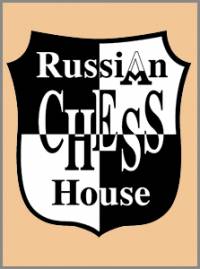 The life of a chess player in the system. Memories of the grandmaster
Author:
The life of a chess player in the system. Memories of the grandmaster
Author:
Averbah 45.00 $ -
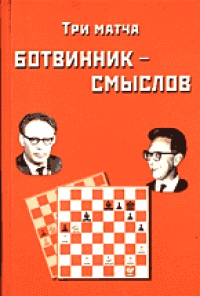 Три матча Ботвинник-Смыслов
Author:
Три матча Ботвинник-Смыслов
Author:
Botvinnik 45.00 $ -
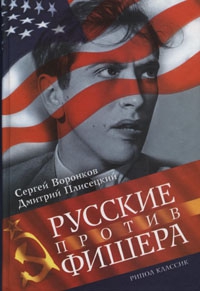 Russians vs Fisher
Author:
Russians vs Fisher
Author:
Voronkov 65.00 $ -
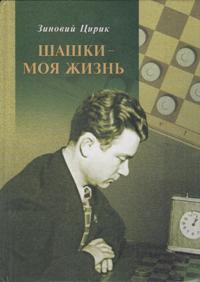 Checkers is my life
Author:
Checkers is my life
Author:
Ciric 87.50 $ -
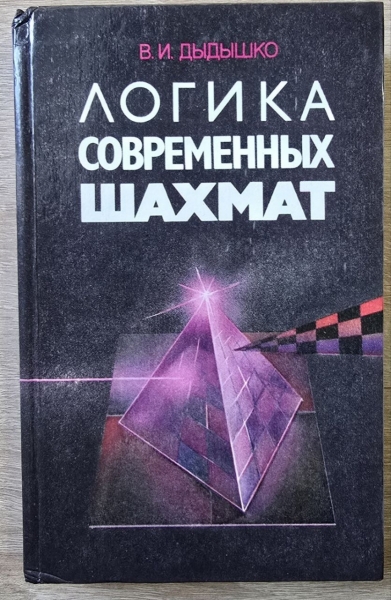 The logic of modern chess
Author:
The logic of modern chess
Author:
Dydyshko 72.50 $ -
 Siegbert Tarrasch. The Queen
Author:
Siegbert Tarrasch. The Queen
Author:
Tarrash 72.50 $ -
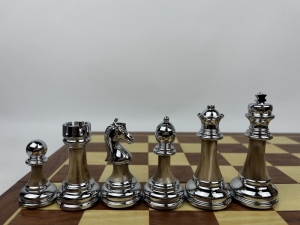 High quality acrylic metal heavy chess pieces with wooden board
202.50 $
High quality acrylic metal heavy chess pieces with wooden board
202.50 $
-
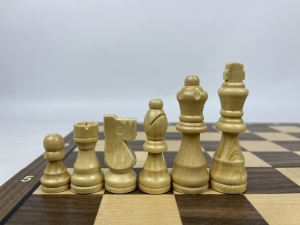 Wooden magnetic Staunton chess with a lock (silver)
56.25 $
Wooden magnetic Staunton chess with a lock (silver)
56.25 $
-
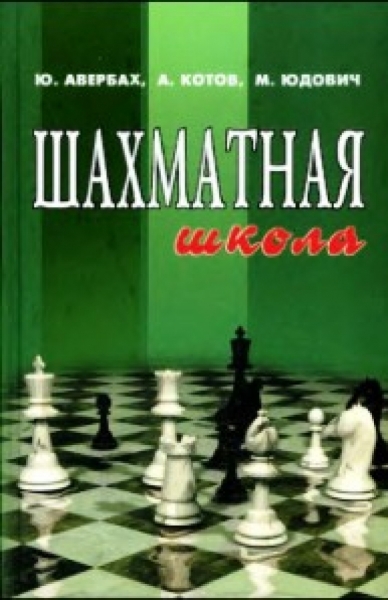 Chess school
Author:
Chess school
Author:
Averbah 15.00 $ -
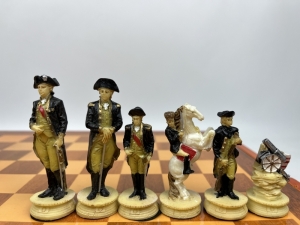 The chess set of The Chessmen. US war - Great Britain
325.00 $
The chess set of The Chessmen. US war - Great Britain
325.00 $
 Русский
Русский  Английский
Английский 